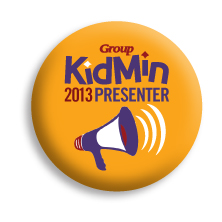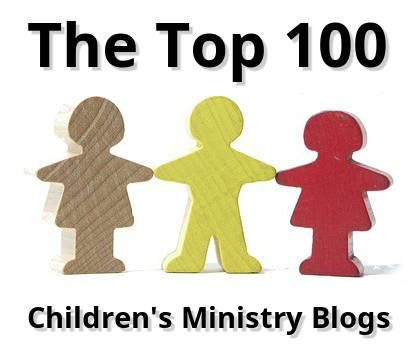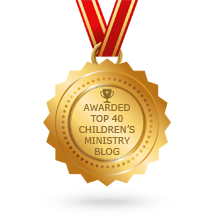
In my previous post, I alerted you to the increase of self-harm and cutting among elementary age children.
This post explores why children self-harm and recognizing the signs of self-injury.
Cutting and other forms of self-harm helps kids deal with frightening feelings they don’t understand and have no way of expressing in words. In other words developmentally they don’t have the language to express the many emotions that are flooding their brains.
Some kids feel emotionally overwhelmed. They don’t know how to cope with the stress that various life situations bring including the divorce of one’s parents or even the welcoming of a stepparent into one or both homes.
- When children have a physical pain they can see the injury.
- They can feel the pain
- They watch as someone tries to soothe the pain
- They see someone treat the wound
- With emotional pain children can’t understand it because they can’t see it.
- Usually there is no one
- To soothe that pain
- Treat the emotional wound
- Or even explain why they are hurting
Sarah Feuerbacher, Ph.D., clinical director of the Southern Methodist University Center for Family Counseling, notes that kids often can’t comprehend their own pain. “A child does not have the ability … to understand extreme sadness, confusion or anger, but they do understand the pain of a boo-boo and also know how it heals.” She goes onto to state that through self-injury they can see and feel the pain.
In my experience ministering to children of divorce I know they feel such pain. I had a little boy in DC4K (DivorceCare for Kids) several years ago tell me his chest was hurting. When I asked him to show me with his hands he put his hands on his heart.
This child was in deep emotional pain because he thought he was going to visit his dad the past weekend. When his dad didn’t show up and there was no explanation it was more than his little first grade mind could comprehend. We were able to explain some of what he was feeling and help him think of ways he could cope with all of these strange and scary feelings.
Not all children that have deep emotional pain will self-injure or try to hurt their bodies. However, it is becoming more prevalent as the Internet opens up to younger and unsupervised children.
Comparison to teens
With teens, we know that cutting and other forms of self-injury produces a sort of a rush or a high. Some kids simply feel numb so they self injure just to feel something. Many teens are filled with feelings of worthlessness or have a no-one cares attitude. Some feel like they don’t deserve anything good in life. If teens feel that way then we can suspect there are older elementary age kids and tweens experiencing the same thoughts.
We also know that for teenagers cutting and self-harm are contagious. As a teen hears about one kid cutting they will try it also. They even egg each other on and want others to try self-harm. So far the verdict is still out on elementary age children, but I suspect if one child in a circle of friends starts showing their abrasions it will spread.
A desperate act
Karyn Purvis, Ph.D., director of the Texas Christian University Institute of Child Development says, “Cutting is a visceral, heartfelt, desperate act – these kids are desperate for connection.”
She goes onto explain that these kids are actually self-medicating as cutting is a short-term solution to low serotonin levels. When the body feels pain it produces a surge of serotonin. Serotonin causes the brain to feel calm and safe.
A child may accidently scratch their arm and it produces a pain. They understand the why of the pain – the scratch. They do it again and they feel power over the situation. They may also feel a rush of serotonin. They may think the cutting helps them to get control over their over powering emotions or of the situation that is causing the stress.
The cutting soothes the child’s inner self. It helps some kids calm down after a frightening emotional state. When a divorce or other trauma happens, many of the emotions and the way they are feeling is new to them. With the parents separating, and many of them arguing and fighting, children feel like they have to manage this alone.
In DC4K we have an activity page that helps children explore their feelings. We do this in the group so an adult can help the child talk through various situation. This activity comes from Dr. Becky Bailey and is in her “Conscious Discipline” book. We call it
- Name it
- Claim it
- Tame it
On this page is a list of several scenarios such as, “Seeing my grandparents” and “Hearing my parents fight.” The child is chooses a word that explains how they feel about the different statements. They are then told to draw a red circle around the feelings they want to change and a blue square around the feelings they want more of.
The premise is you have to be able to name a feeling in order to claim it. You have to be able to claim a feeling in order to tame it. This activity takes some of the fear and uncertainty out of the picture for many children. It is amazing as kids latch onto the idea behind the activity.
Recognizing the signs
One has to be diligent in recognizing the signs of self-harm. Children will hide their cuts, bruises and injuries. You may have to be a detective of sorts to discover a child is hurting themselves. Keep in mind that self-harm is not a one-time event, but a pattern of behavior. It becomes a way to cope with the strange feelings the child is experiencing.
Children that are experiencing
- Overwhelming emotions that are too big to understand
- Feelings of loneliness at the loss of someone close to them
- Relationship problems
- Intense pressure from parents, teachers, peers
- A lack of coping skills with the big problems of life
- Confusion over family dysfunction and are left alone to deal it
- An unusual amount of time in the bathroom or bedroom alone
- Excuses that don’t add up, “The cat scratched me”
Rarely do children the self-harm think about taking their own lives. For information on elementary age children and suicide see
- Do elementary age children seriously consider suicide
- A call for help: Suicide in children
- Suicide myths: Learning the truths
Next up: What to look for, what children’s ministers can do in their classes and how to help engage the parent so they can help the child.










Pingback: DC4K » Do elementary age kids cut? Part III